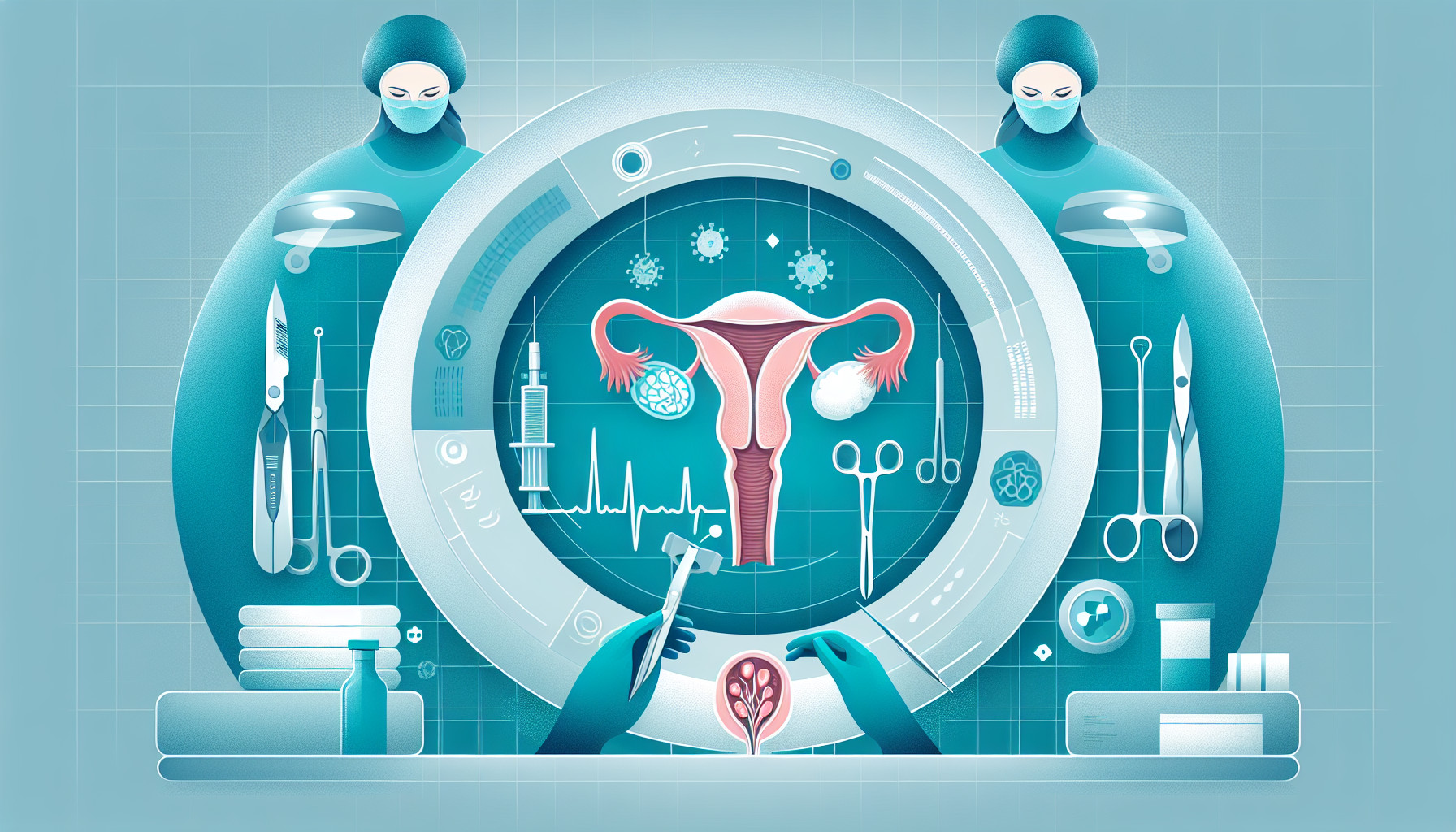Our Summary
This study looks at how doctors treated baby girls who were born with ovarian cysts at a particular hospital between 2006 and 2013. Some of the babies had simple cysts, while others had more complicated ones. For the simple cysts, doctors used a minimally invasive procedure (laparoscopic aspiration) to remove them. For the complicated cysts, some were twisted (torsion) and needed additional procedures such as untwisting (detorsion) or removal of the ovary (oophorectomy). Some of these complicated cysts had already detached themselves naturally (autoligation) and were then removed. In cases where the complicated cysts weren’t twisted, doctors just removed them using the simple procedure. After these procedures, most of the babies no longer had cysts, while a few still had small ones that were monitored over time. The study concludes that using a laparoscope to diagnose and remove ovarian cysts in newborns is a simple and safe method.
FAQs
- What types of procedures were used to remove the cysts in newborns?
- What happened to the complicated cysts that were not twisted?
- How effective was the laparoscope method in treating ovarian cysts in newborns?
Doctor’s Tip
A helpful tip a doctor might give a patient about ovarian cyst removal is to discuss the various treatment options available, including minimally invasive procedures like laparoscopic aspiration. It is important to understand the risks and benefits of each option and to follow up with your doctor for monitoring after the procedure to ensure the cyst does not return. Additionally, it is important to discuss any concerns or questions you may have with your doctor before proceeding with the removal of an ovarian cyst.
Suitable For
Patients who are typically recommended ovarian cyst removal include those who have:
- Large cysts that are causing symptoms such as pelvic pain, bloating, or pressure
- Cysts that are persistent and do not resolve on their own
- Cysts that are complex in nature, such as those that are solid or have a mixture of solid and fluid components
- Cysts that are suspicious for cancer or have characteristics that increase the risk of malignancy
- Cysts that are causing complications such as torsion (twisting) of the ovary, rupture, or bleeding
- Cysts that are impacting fertility or causing infertility issues
- Cysts that are causing hormonal imbalances or abnormal menstrual cycles
It is important for patients to discuss their individual case with their healthcare provider to determine the best course of action for ovarian cyst removal.
Timeline
Before ovarian cyst removal:
- Patient presents with symptoms such as pelvic pain, bloating, or difficulty urinating.
- Patient undergoes diagnostic tests such as ultrasound or MRI to confirm the presence of an ovarian cyst.
- Doctor discusses treatment options with the patient, which may include watchful waiting, medications, or surgical removal.
After ovarian cyst removal:
- Patient undergoes laparoscopic surgery to remove the ovarian cyst.
- Patient may experience some discomfort and pain after the procedure, which can be managed with pain medication.
- Patient is monitored for any complications or signs of infection post-surgery.
- Patient may need to take it easy and avoid strenuous activities for a period of time to allow for proper healing.
- Follow-up appointments are scheduled to monitor the patient’s recovery and ensure that the cyst does not return.
- Patient may be advised to make lifestyle changes, such as maintaining a healthy diet and exercising regularly, to prevent future ovarian cysts.
What to Ask Your Doctor
What type of ovarian cyst do I have and how complicated is it?
What are the risks and benefits of removing the ovarian cyst?
What are the different treatment options available for my ovarian cyst?
What is the success rate of the procedure in removing the ovarian cyst?
How long will the recovery process be after the ovarian cyst removal surgery?
Will removing the ovarian cyst affect my fertility or hormone levels?
Are there any potential complications or side effects associated with the surgery?
How frequently will I need to follow up with you after the surgery?
Are there any lifestyle changes or precautions I should take after the surgery to prevent future ovarian cysts?
Are there any alternatives to surgery for treating my ovarian cyst?
Reference
Authors: Cho MJ, Kim DY, Kim SC. Journal: J Pediatr Adolesc Gynecol. 2015 Oct;28(5):348-53. doi: 10.1016/j.jpag.2014.10.003. Epub 2014 Oct 16. PMID: 26148782
